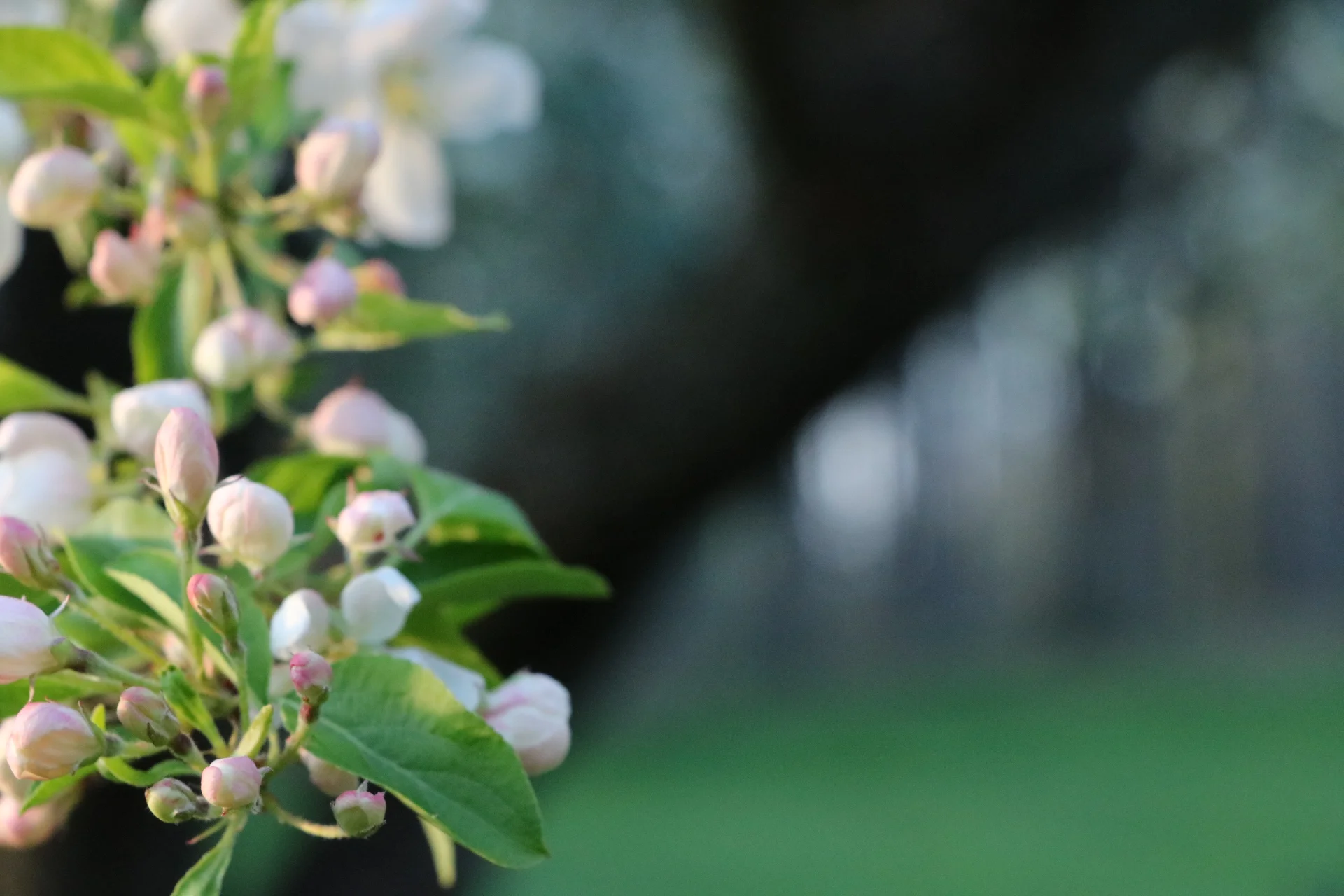Feeding Bees in Winter
/To feed or not to feed? That is always a question. Like anything else in beekeeping, there are many valuable thoughts on this. Here’s ours.
A mild winter like we've had so far actually presents a challenge to the bees. Warmer temperatures mean more activity in the hive, and more activity means more food consumption to support that activity.
Of course, there is room for debate about whether it's a good idea to open up a hive in the winter and what outdoor temperature is acceptable for doing so. In a perfect world, we'd let the bees take care of themselves and not interfere. In the hobbyist beekeeping world, we recommend taking a peek under the cover to see what's happening in there. We're not suggesting pulling frames or disrupting the boxes in any way. The bees have propolized the interior of the hive, sealing up any cracks and readying themselves for cold weather. We certainly do not want to disrupt this. Our goal is simply to peek in to see if we can determine where the colony is.
If you see little bee faces looking back at you, that means the cluster of bees has made its way up through the hive bodies, thus through their stored food. The bees are following the warmth generated by the cluster up through the honey. They have a difficult time moving side to side in cluster, even more difficult to move back downward to access remaining honey left on the frames. It can be frustrating to see a colony starve when there is honey left on the frames, but it can certainly happen. For this reason, we typically add food patties to the top of the hive, right above where we see (or anticipate seeing) the cluster of bees. The bees will begin eating the food patty, and more can be added as necessary until the weather changes and things begin blooming in our area.
Example of a food patty. Leave the paper lining on the patties when adding them to your hive.



